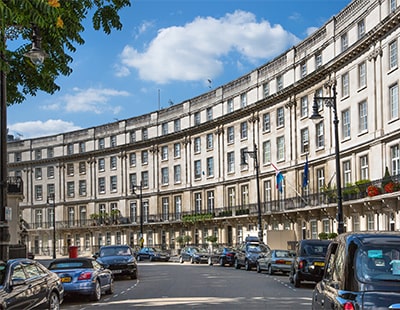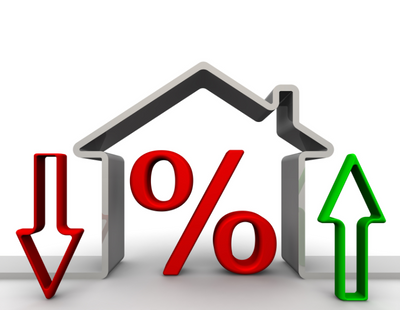
Global property firm Knight Frank has revealed the pipeline of transactions in prime London residential markets grew further in July as supply continued its game of catch-up with demand.
The agency reports that the number of offers accepted across London last month was the highest figure in 10 years, underlining the current strength of appetite for higher-value property in the capital.
Knight Frank says a combination of factors have led to the pipeline being stronger than it was in the final months of the stamp duty holiday in 2021. This includes international travel resuming, with the number of international arrivals at Heathrow in June only 17% below the same month in 2019. This compares favourably to an equivalent drop of 87% last June, when the UK and the world were just coming out of lockdown.
A second factor, Knight Frank says, is that prime London markets are relatively good value as purchasers continue to re-examine how and where they live post-Covid.
While there was a lot of attention on the escape to the country trend during the early days of pandemic, price growth in London has remained lacklustre, even after six subdued years.
In fact, Knight Frank says, average prices in prime central London are still 15% down on their previous peak seven years ago.
Thirdly, the firm argues, there is a creeping sense that investors are looking more closely at safe-haven assets - something which has traditionally benefitted the prime London property market, which is seen as a safe haven globally.
This year so far has seen investor nerves clearly on display as central banks across the world attempt to avoid stagflation.
Following steep falls this year due to a strengthening US dollar, the gold price has risen modestly since mid-July against a backdrop of geopolitical tension, and property continues to be seen as a more profitable and steady asset class than others on offer.
“There are risks for the market on the horizon, but they are not yet looming large,” Tom Bill, head of UK residential research at Knight Frank said.
“The first is the changing rate environment, which means mortgages have become notably more expensive since the low-point last September. However, the impact has not yet had a material impact on UK property markets, with mortgage offers standing for six months and most people on fixed-rate mortgages.”
He added: “Rising mortgage rates is one of the reasons prime prices have slowed down in global markets. However, prime London markets are also likely to be more insulated from rising borrowing costs than other UK locations due to higher levels of affluence. Underlining this fact is the current strength of higher-value markets. While average price growth in PCL was 2.8% in the year to July and 5.2% in prime outer London, the performance was stronger in higher price brackets.”
Bill concluded: “The other unknown is the identity of the new Prime Minister in September, although a new UK government that will effectively be in pre-election mode is unlikely to represent much of a short-term risk to the market.”







2022_400x310.png)





.png)


.png)



Join the conversation
Be the first to comment (please use the comment box below)
Please login to comment